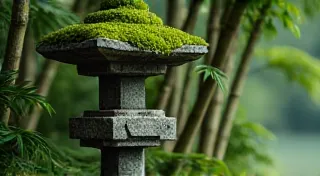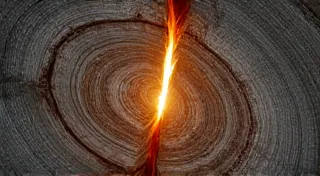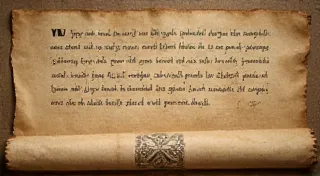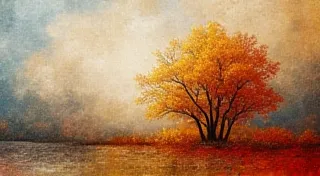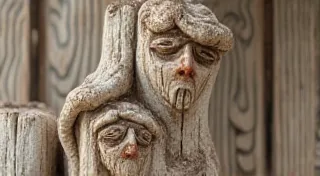The Anatomy of Light: Translating Translucence in Woodblock
There’s a quality to Japanese Mokuhanga, a luminosity, that’s often difficult to put into words. It isn't merely about capturing a scene; it's about conveying a feeling – the soft glow of dawn, the shimmering reflection on water, the diffused light filtering through leaves. It’s a dance between pigment, wood, and water, meticulously orchestrated to create an ethereal beauty that feels almost tangible. For years, I'm ashamed to admit, I chased that light, frustrated by my inability to replicate it. My prints were flat, dull, lacking the very soul I was trying to capture. I realized then that mastering Mokuhanga wasn't just about learning techniques, but about understanding the philosophy behind them, the inherent respect for light and its transformative power.
Mokuhanga, meaning “wood print,” is a uniquely Japanese form of woodblock printing that evolved from earlier Buddhist image production. While sharing roots with Ukiyo-e, the more commercially driven genre of floating world prints, Mokuhanga developed its own distinct aesthetic, one emphasizing subtlety and nuance. Unlike Western woodcut, which often employs harsh lines and heavy carving, Mokuhanga utilizes softer woods like cherry and pear, allowing for smoother gradations and a greater sensitivity to detail. The key difference, however, isn't just in the wood itself, but in the approach to the entire process—an embrace of the unpredictable, the ephemeral, and the inherently delicate nature of light.
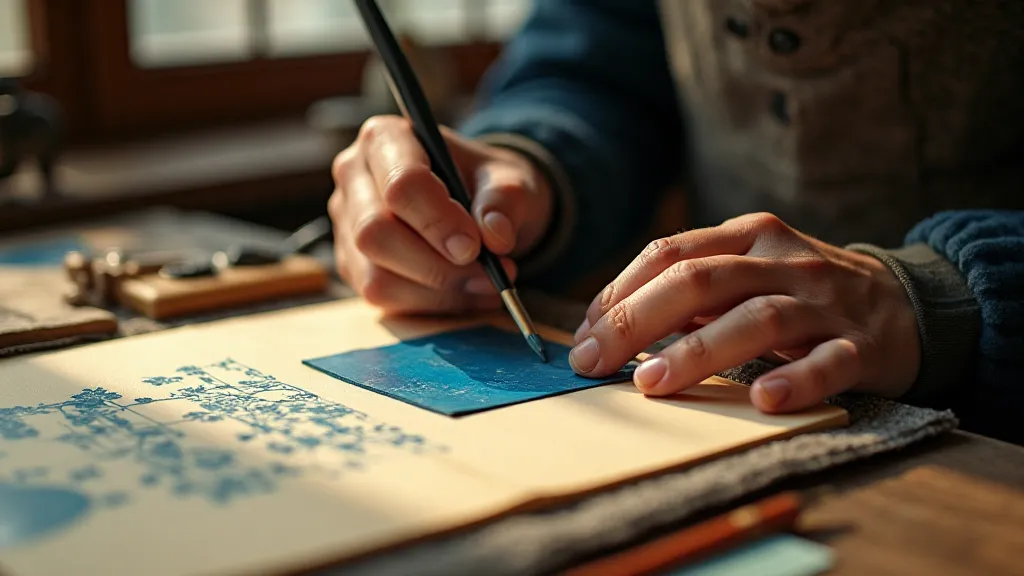
The Dance of Layers: Building Luminous Depth
The layered approach to Mokuhanga is fundamental to achieving that characteristic translucence. Instead of carving away areas to create highlights (as in Western woodcut), Mokuhanga carves away areas to be printed white. This allows for the subsequent application of subtle, diluted washes of color. Each layer is a whisper, a suggestion rather than a declaration. The cumulative effect of these delicate layers creates the illusion of depth and luminosity. It’s like building a watercolor painting, but using wood as your canvas and pigment as your brush.
Initially, I tried to be too precise, meticulously planning each layer and striving for perfect registration. The result was technically correct but lifeless. It was only when I started to surrender to the process, allowing for slight misalignments and embracing the subtle variations in color, that my prints began to breathe. Those tiny imperfections, those unexpected juxtapositions, became part of the beauty, adding a sense of organic vitality. The beauty of imperfection also resonates deeply with the concept of finding strength and vulnerability, much like a master carver might appreciate the natural flaws within the wood itself – a theme explored further in The Weight of Grain: Finding Strength and Vulnerability.
Rubbing and its Magic: The Water-Based Revelation
The water-based rubbing technique is perhaps the single most crucial element in achieving Mokuhanga’s characteristic softness. Traditional Mokuhanga uses a non-toxic water-based relief ink, which differs significantly from the oil-based inks common in Western printmaking. The rubbing isn't a forceful press; it's a gentle caress. Often, a brush or a damp cloth is used to rub the back of the paper, allowing the pigment to slowly and evenly transfer to the surface. This process diffuses the ink, creating a velvety smoothness that is impossible to achieve with a hard press.
There’s a tactile quality to the rubbing process, a connection between the artist and the print that’s deeply satisfying. I remember a mentor once telling me that the best Mokuhanga artists “listen” to the wood, feeling the grain and responding to its nuances during the carving and rubbing process. It sounds mystical, perhaps, but there’s a profound truth to it. The wood guides you, revealing its secrets if you’re willing to pay attention. The intentional absence of harsh lines and forceful pressure in Mokuhanga also echoes the exploration of "Carving Silence: Finding Resonance in the Absence of Detail," where the power of suggestion and thoughtful restraint are paramount.
The Nuances of Pigment: Dilution and Transparency
The transparency of the pigments is equally vital. Mokuhanga artists often dilute their colors considerably, creating washes that are almost transparent. This allows the layers to interact with one another, creating subtle color shifts and atmospheric effects. The layering isn’t about building up solid blocks of color; it’s about creating a delicate interplay of hues, a symphony of translucent shades.
Experimentation is key here. I spent countless hours experimenting with different pigment-to-water ratios, observing how the colors behaved on the wood and how they interacted when layered. Sometimes, a seemingly insignificant change in dilution could dramatically alter the final result. It’s a process of constant refinement, a journey of discovery. The resulting prints often possess a quality reminiscent of "Ephemeral Echoes: The Ghost Impressions of Mokuhanga," where faint layers and subtle color shifts intertwine to create an evocative and ethereal visual experience.
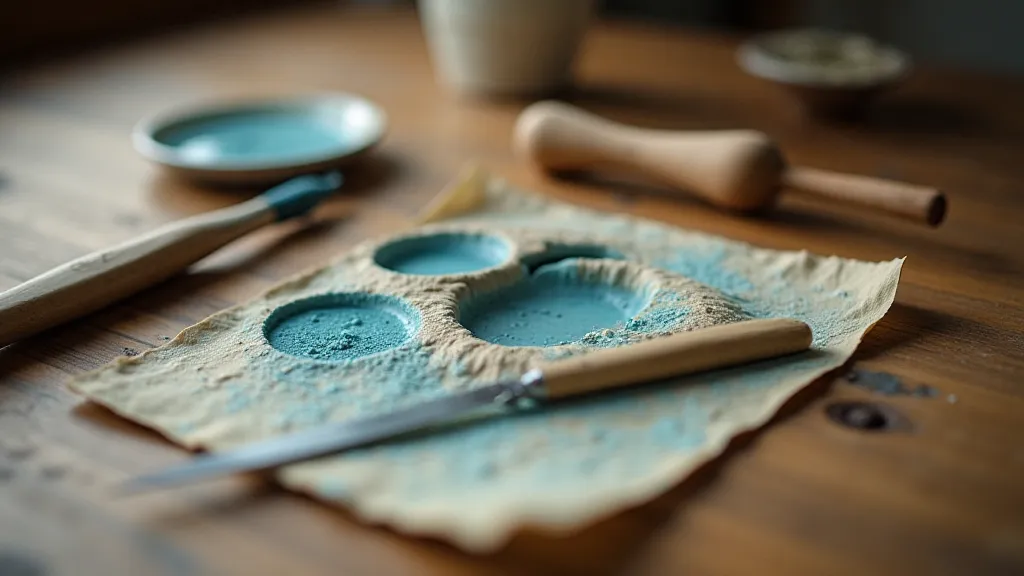
Restoration and Collecting: Appreciating the Ephemeral
Because of the water-based nature of the inks and the delicate layering process, Mokuhanga prints are inherently less durable than oil-based prints. They are susceptible to fading and water damage. Consequently, the preservation of these works is paramount. Knowing this adds another layer of appreciation when viewing or collecting Mokuhanga. You're not just admiring a beautiful image; you're acknowledging the vulnerability of the medium and the skill required to create it.
When collecting Mokuhanga, it's important to research the artist and the printing process. Knowing the history of a print can deepen your understanding of its significance. Look for prints that have been carefully stored and handled, and be aware of the potential for fading and water damage. A genuine Mokuhanga print is a testament to the artist's dedication and the enduring power of traditional Japanese art. Understanding the flow and interplay of color and form in Mokuhanga design also allows for a deeper appreciation, as described in The River of Ink: Mapping Flow and Form in Mokuhanga Design, where the movement and interaction of pigment are central to the artistic process.
Beyond Technique: A Philosophy of Light
Ultimately, mastering Mokuhanga isn't just about learning techniques; it's about adopting a different way of seeing the world. It’s about appreciating the subtlety of light, the beauty of imperfection, and the ephemeral nature of existence. It’s about connecting with a centuries-old tradition and finding your own voice within that lineage. The light in Mokuhanga isn’t just something to be captured; it’s a philosophy to be embodied. It's a journey of continuous learning, a dance with the wood, the water, and the light itself. And that, I’m discovering, is the true essence of Mokuhanga.
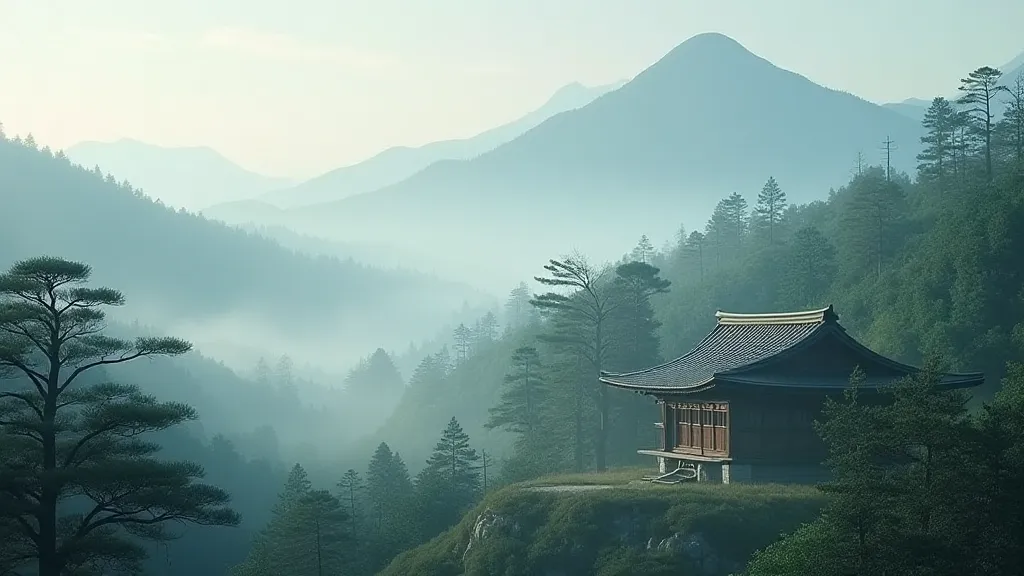
The pursuit of capturing the essence of light in Mokuhanga is more than just a technical exercise; it’s a spiritual practice. It requires a deep respect for the materials, a willingness to surrender to the process, and an ability to see the beauty in imperfection. It demands an understanding that the print isn’t just an image but a testament to the artist's journey, a reflection of their connection to nature and tradition. It’s a humbling experience, a constant reminder that the true mastery lies not in control but in collaboration – with the wood, the water, and the light itself.
Furthermore, the delicate nature of Mokuhanga prints emphasizes the importance of preservation and mindful appreciation. Each print carries a history, a story of craftsmanship and artistry. Recognizing this fragility enhances our understanding and deepens our connection to these unique works of art. It is a reminder that true beauty often lies in its impermanence, its vulnerability, and its capacity to evoke a sense of wonder.
